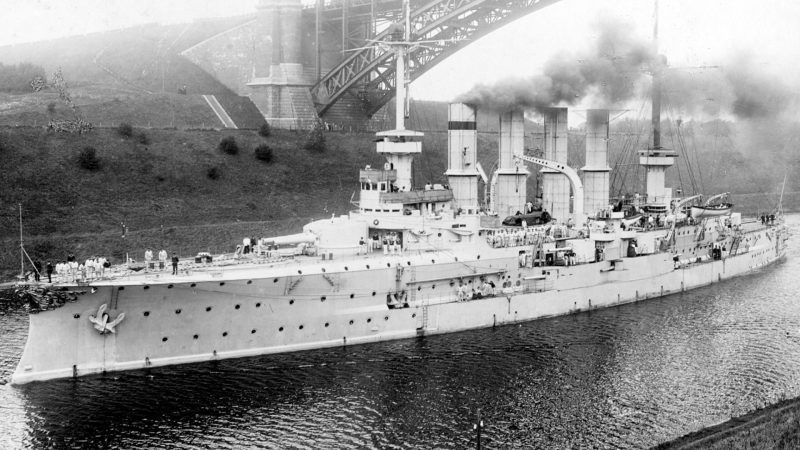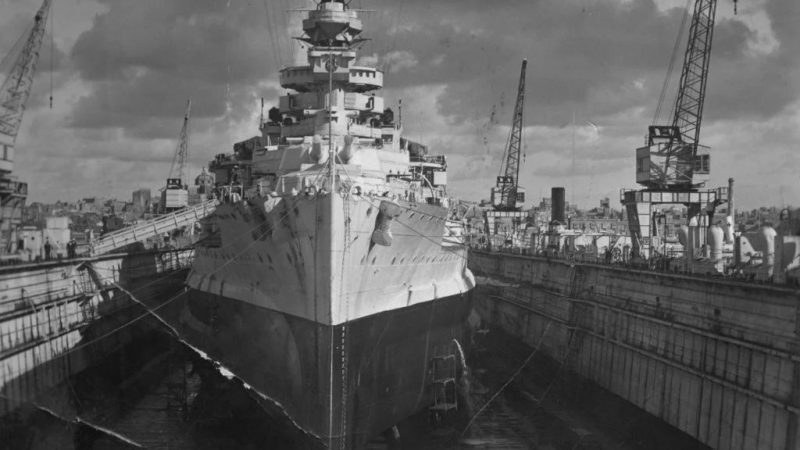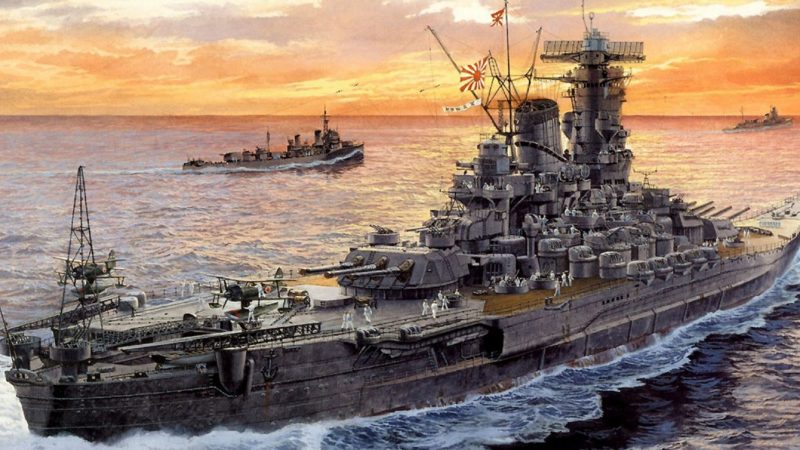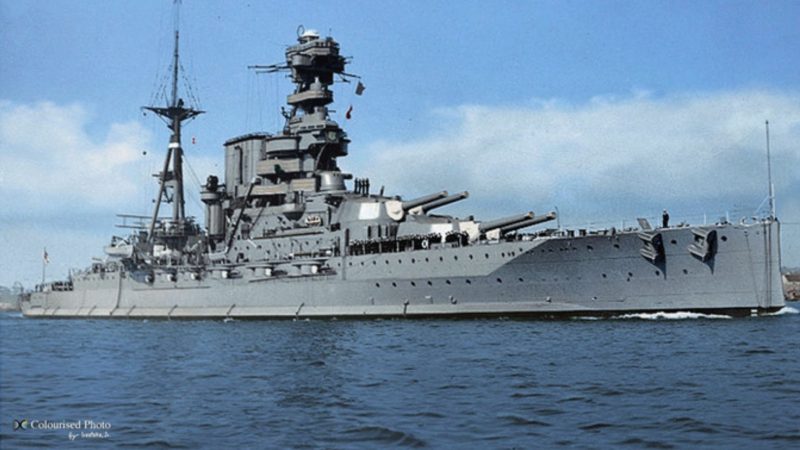The SS United States: A Legendary Ocean Liner of American Ingenuity and Speed
The Legacy of the SS United States: A Marvel of Maritime Engineering
The SS United States stands as an iconic symbol of American maritime ingenuity and a testament to the technological advances of the mid-20th century. Built between 1950 and 1951 by United States Lines, it represents not only the pinnacle of ocean liner design but also a remarkable achievement in naval architecture. Its combination of speed, safety, and innovative engineering has ensured its enduring legacy in maritime history.

A Record-Breaking Ocean Liner
Upon its maiden voyage in 1952, the SS United States shattered the transatlantic speed record, crossing the Atlantic faster than any ship before it—a record that remains unbeaten to this day. At nearly 990 feet in length, with a beam of 101.5 feet and a draft of 32.5 feet, the ship was the largest ocean liner ever constructed entirely in the United States. Weighing in at a gross tonnage of 53,330 tons, the vessel boasted an impressive combination of size and speed.

Powered by four steam turbines and eight boilers, the liner generated a staggering 240,000 horsepower, allowing it to reach speeds of 38.32 knots (44 miles per hour) during trials and maintain a cruising speed of 35 knots (40 miles per hour). This unparalleled propulsion system was critical to its success as the fastest transatlantic passenger ship.
Design and Innovation
Designed by the visionary naval architect William Francis Gibbs, the SS United States was a masterpiece of engineering. It featured groundbreaking use of aluminum to reduce overall weight, enabling greater speed while enhancing safety. The design prioritized fire resistance, and every detail—from the furnishings to the structural elements—reflected this focus. Additionally, watertight compartments were incorporated into its construction, significantly improving the ship’s survivability in case of an emergency.

The ship’s adaptability was another noteworthy feature. Built with the potential to serve as a troopship, the SS United States could be rapidly reconfigured to transport 14,000 troops, reflecting its dual-purpose design ethos during a time of heightened global tensions.
Service and Retirement
From 1952 to 1969, the SS United States operated as a passenger liner, ferrying nearly 2,000 passengers and employing a crew of 900. However, the advent of transatlantic jet travel in the 1960s marked the decline of ocean liners as a primary mode of intercontinental travel. Faced with declining demand, the SS United States was retired in 1969.

Preservation Efforts and Future Prospects
Since 1996, the ship has been docked on the Delaware River in Philadelphia, serving as a poignant reminder of a bygone era of ocean travel. The SS United States Conservancy has led preservation efforts, seeking to restore and repurpose the ship for modern use. Proposals have included transforming it into a museum, hotel, or mixed-use space, ensuring that its legacy as a marvel of engineering and design is preserved for future generations.
The SS United States is more than just a retired ocean liner; it is a symbol of innovation, speed, and American industrial prowess. Though it has been out of service for decades, its cultural and historical significance endures, making it an inspiring chapter in the story of maritime history. With ongoing efforts to preserve and revitalize this legendary vessel, the SS United States may yet find a new role in the modern era.



